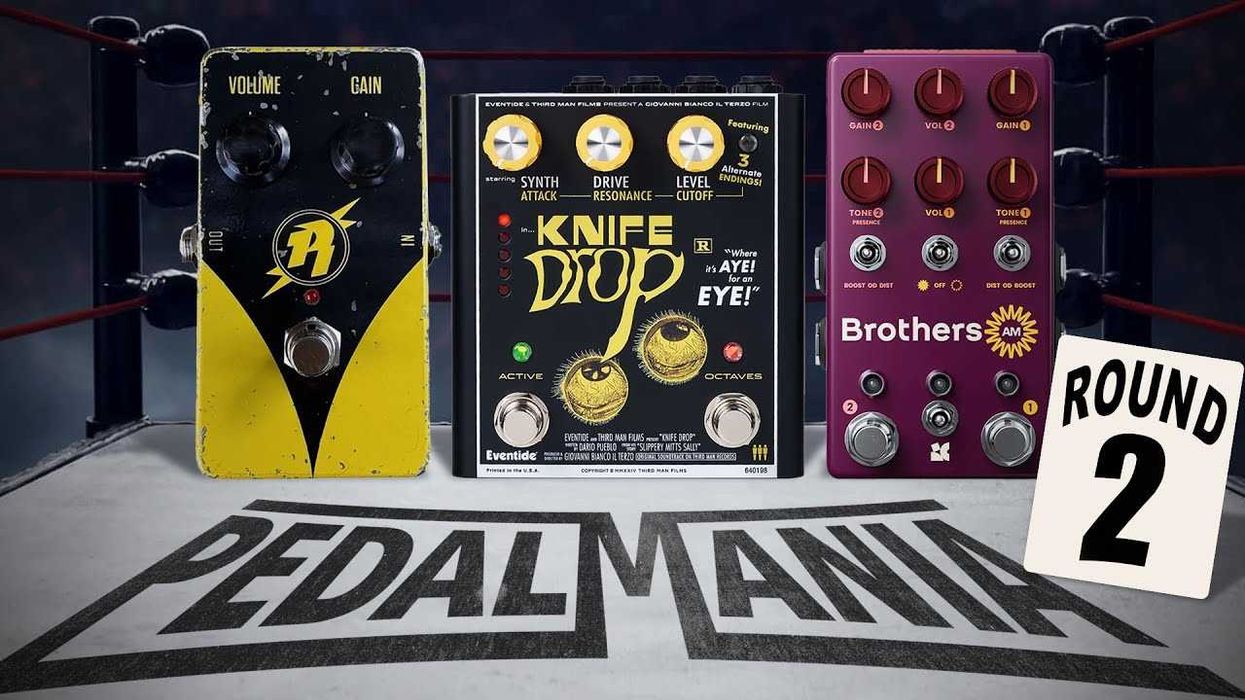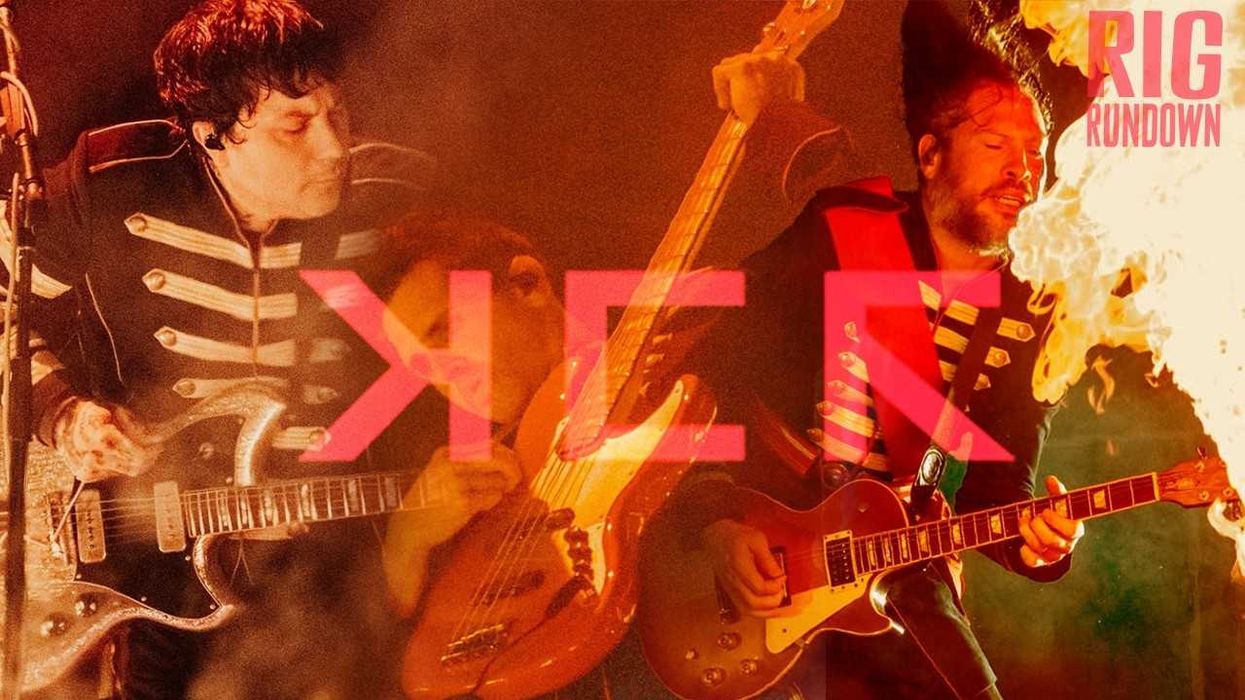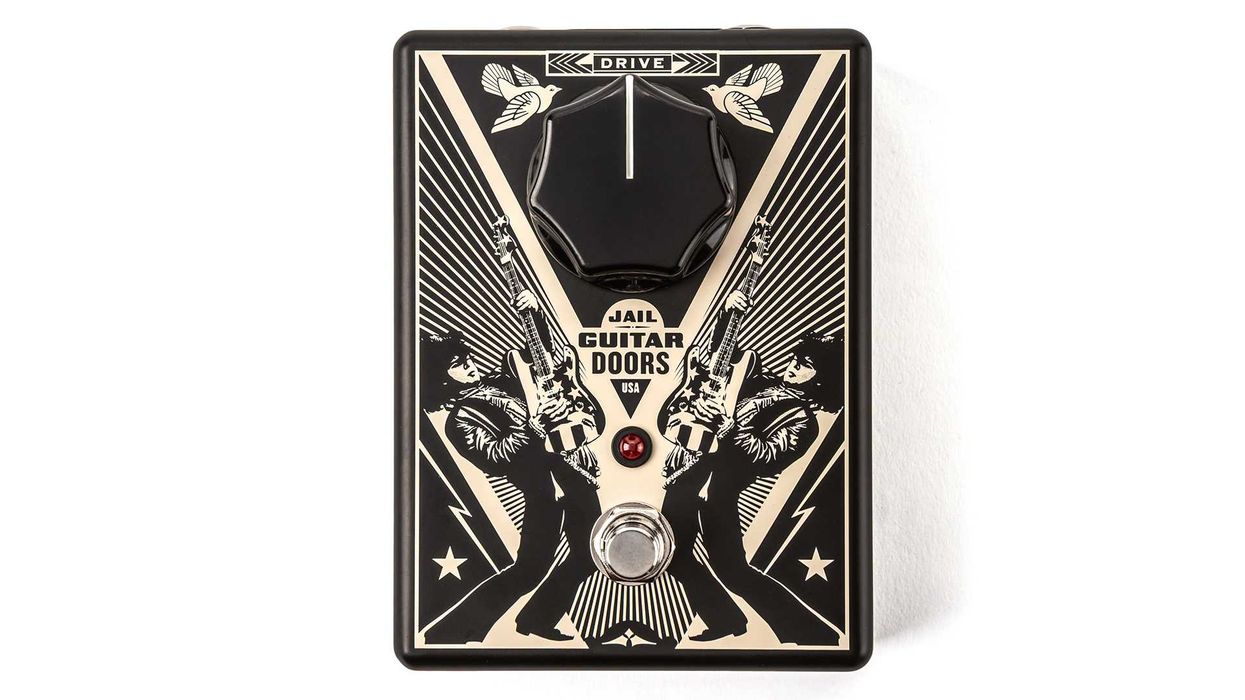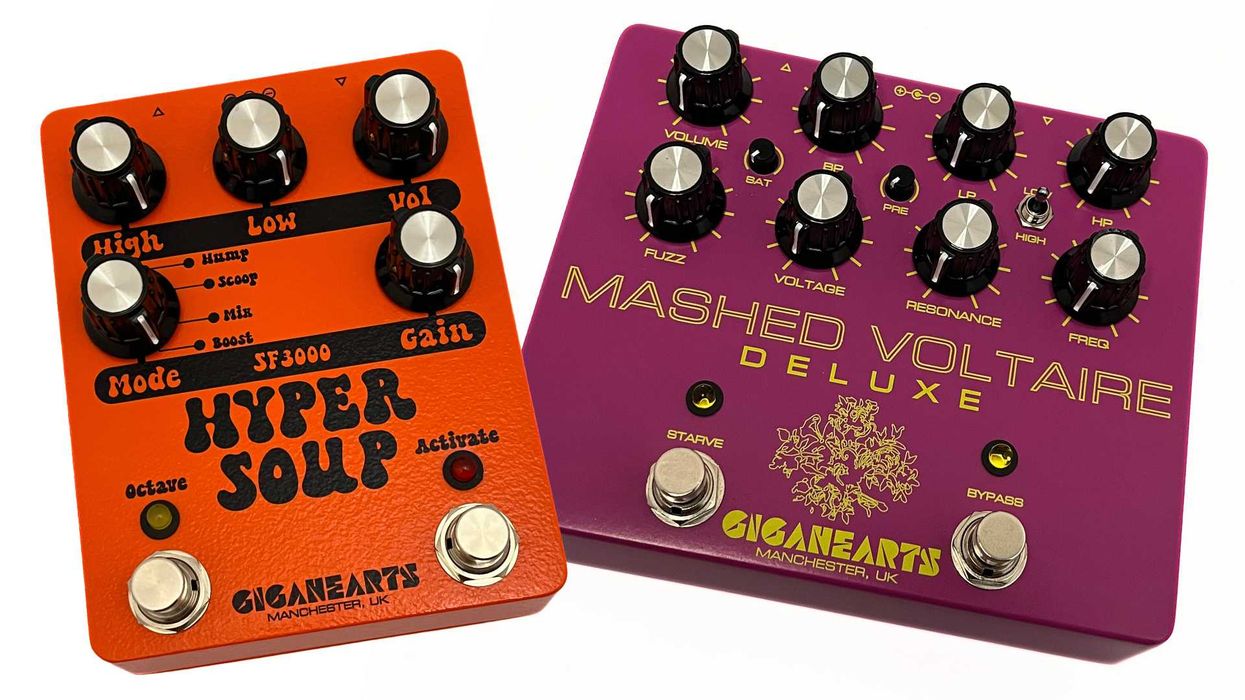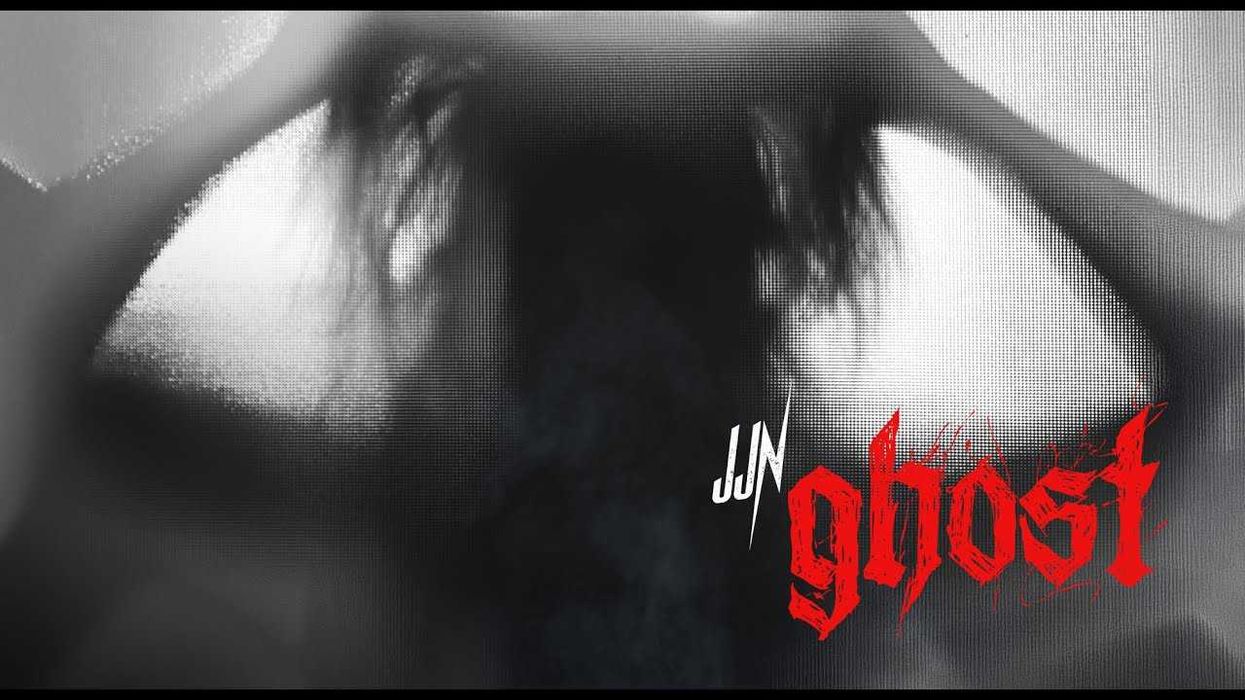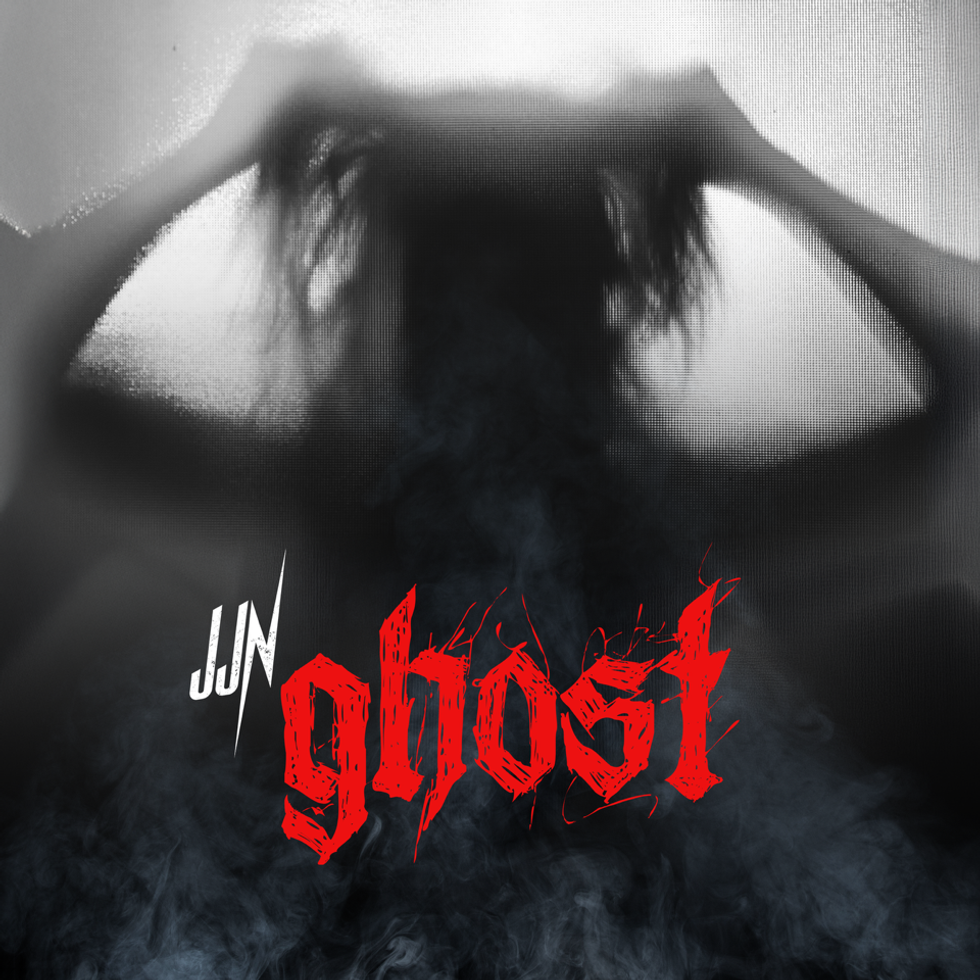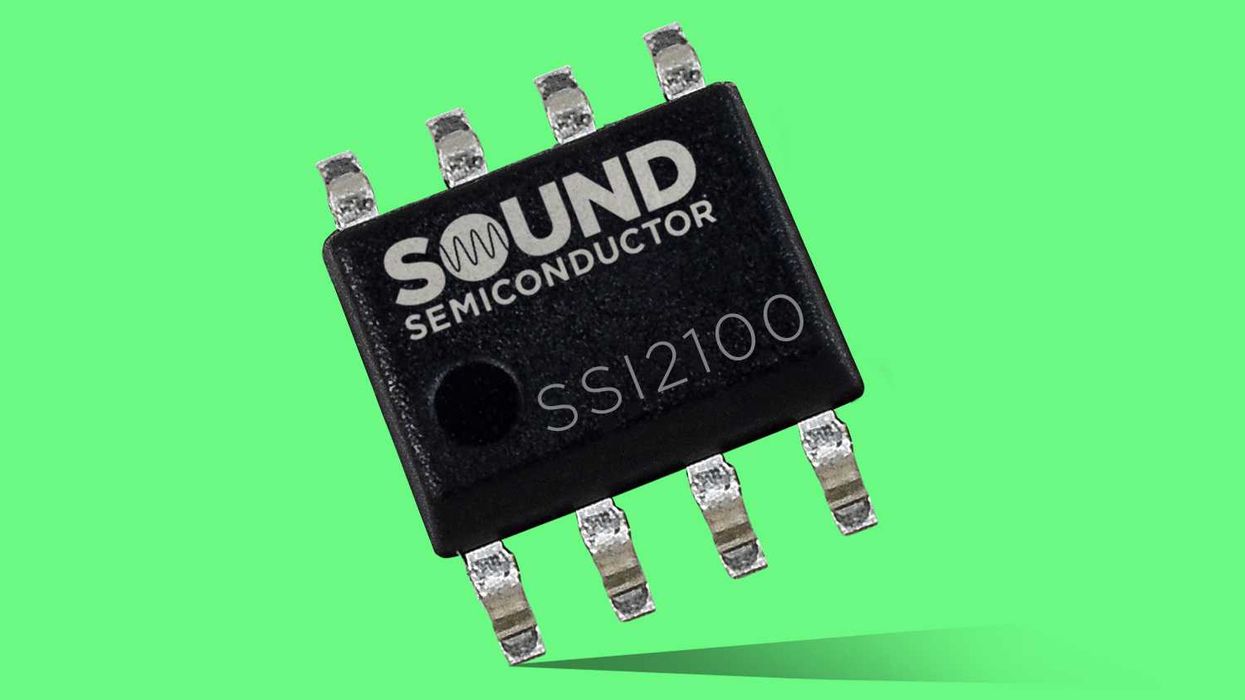Fender's American Ultra II series offers the ultimate blend of tradition and modernity, featuring advanced Ultra Noiseless and new Haymaker Humbucker pickups, stunning finishes, and a sleek Modern “D” neck shape.
Fender Musical Instruments Corporation (FMIC) today continues its industry-defining innovation, launching the next iteration of the coveted American Ultra series—Fender’s most advanced series of electric guitars - by taking that hyper-modern recipe and turning it up to 11 for American Ultra II.
At a time when projections indicate the electric guitar market is set to grow by USD 1.45 billion from 2024-2028, driven by increasing demand for music-related leisure activities¹, the introduction of the American Ultra II series exemplifies a steadfast commitment to innovation, with every detail reflecting a relentless pursuit of perfection. At Fender, innovation is an ongoing, dynamic process fueled by a deep passion for enhancing the playing experience. Long before the American Ultra series hit the market, discussions were already underway about future possibilities, sparked by spontaneous experiments and real-world feedback from the innovators who play these guitars.
The American Ultra II series is built in Fender’s iconic California factory where guitars are meticulously crafted using a blend of time-honored techniques and state-of-the-art CNC technology, ensuring every instrument embodies the perfect balance of tradition and modernity. Massive green punch presses and decades-old tools, some dating back to the 1950s, sit alongside advanced machinery that allows for precise shaping and flawless consistency.
“With the work and heart that went into creating the American Ultra II series, there's a lot of soul in these guitars,” said Justin Norvell, EVP of Product at FMIC. “We refer to it as the “sports car” of the Fender lineup, it’s designed to push boundaries and redefine what a Fender guitar can be, catering to both traditionalists and those exploring new, faster, and more intricate playing styles. This is a guitar that doesn’t fight you; instead, it gets out of the way, allowing you to focus purely on your performance, whether you’re playing soulful solos, fast riffs, or complex chord progressions.”
Featuring stunning finishes, modern body contours, a Modern “D” neck shape, and the most advanced Ultra Noiseless™ and new Haymaker™ Humbucker pickups, American Ultra II bridges the gap between Fender’s classic designs and high-performance instruments typically associated with Fender’s specialty brands such as Charvel, EVH or Jackson. The guitars’ unique neck profiles provide an effortless glide along the fretboard, making for an incredibly smooth and responsive feel that increases precision. The American Ultra II series is an ideal fit for players who love the iconic look and sound of a Fender guitar, but crave the speed and playability of a performance guitar adept for playing across genres, from neo-soul and jazz to metal and funk.
A welcome balance to the ultra-modern specs, the American Ultra II also embodies the hallmark qualities that make Fender guitars timeless including unparalleled versatility, modularity, and signature tone. Whether a player is chasing the crystalline clarity of classic Stratocaster® sounds, the bite of a Telecaster®, or the deep growl of a Jazz Bass®, the American Ultra II series is built to handle it all. In addition to the standard models, the series includes Ultra II Jazz Bass® V, a left-hand Stratocaster® model as well Ultra II Meteora® guitar and bass.
Top Highlights Include:
- Fender’s Fastest-Playing Necks: The quartersawn maple neck has a comfortable modern “D” shape and is topped with an ebony or maple fingerboard with Luminlay side dots and Ultra rolled edges
- Upgraded Noiseless™ Pickups: The Ultra II Noiseless™ pickups deliver classic Fender® single-coil sound – without the hum
- Ultra Comfort And Playability: A sculpted neck heel and sleek rear body contours offer next-level comfort and playability
American Ultra II Models & Pricing
- American Ultra II Stratocaster - $2,199.99-2,249.99
- American Ultra II Stratocaster HSS - $2,249.99
- American Ultra II Telecaster - $2,199.99
- American Ultra II Meteora - $2,249.99
- American Ultra II Precision Bass - $2,199.99
- American Ultra II Jazz Bass - $2,299.99
- American Ultra II Jazz Bass V - $2,399.99
- American Ultra II Meteora Bass - $2,299.99
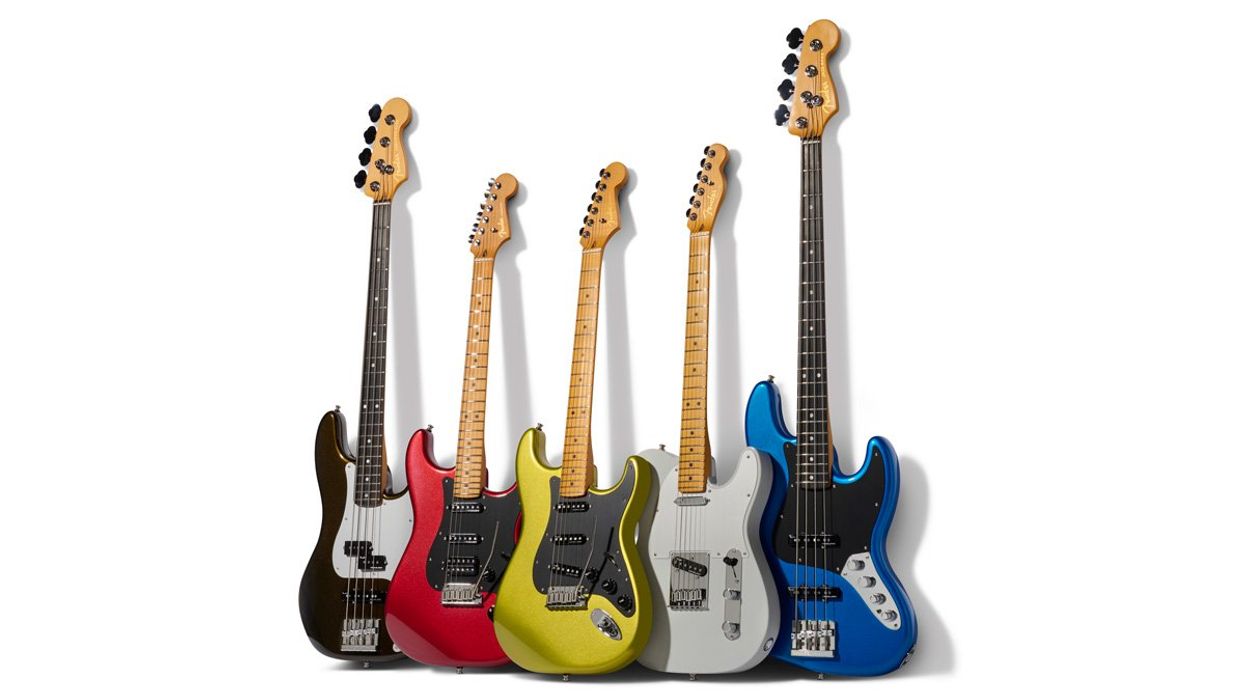
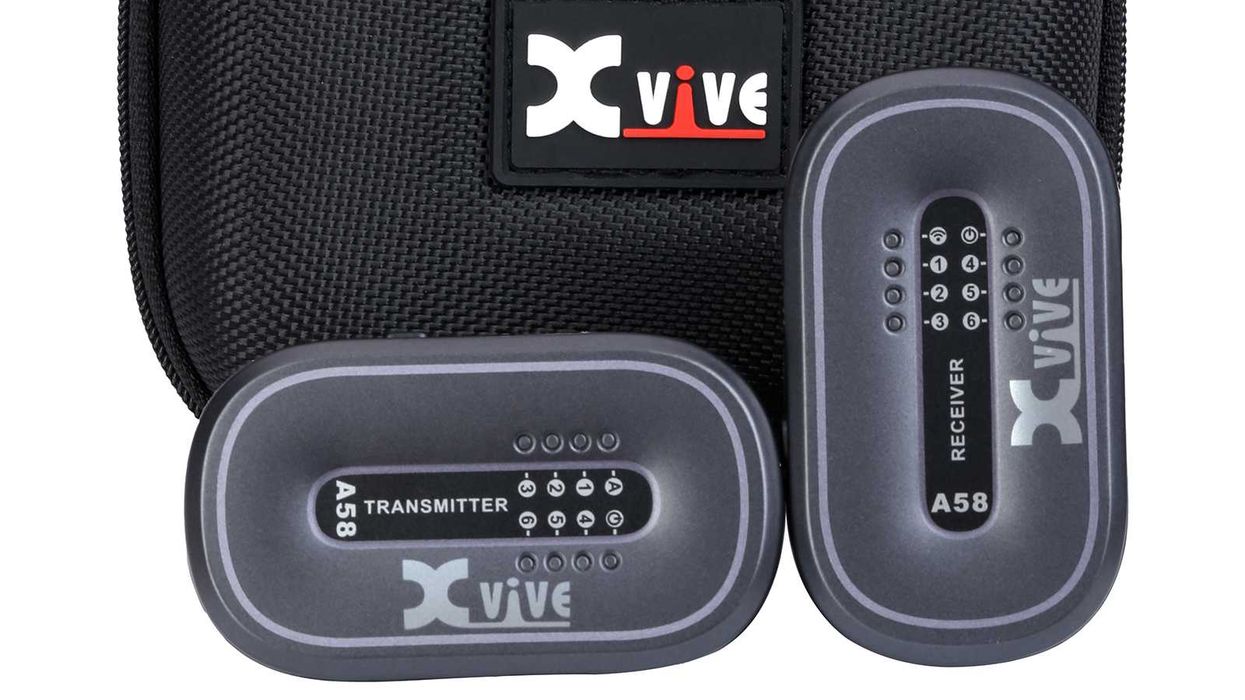
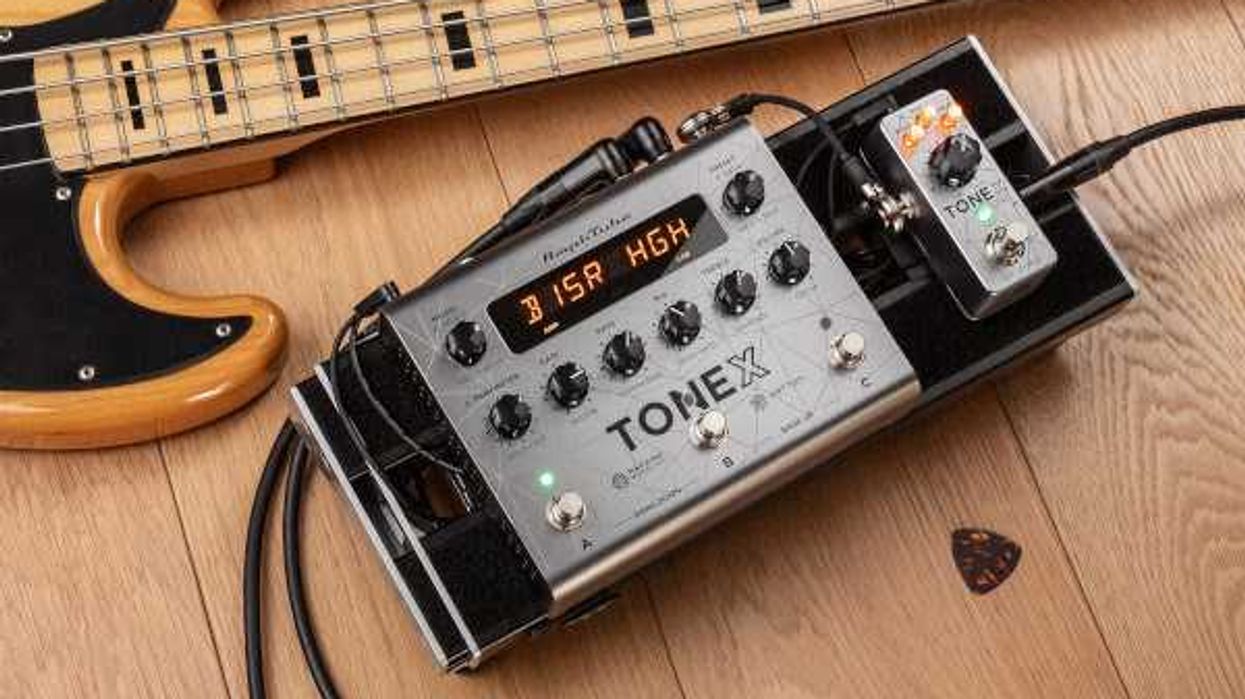
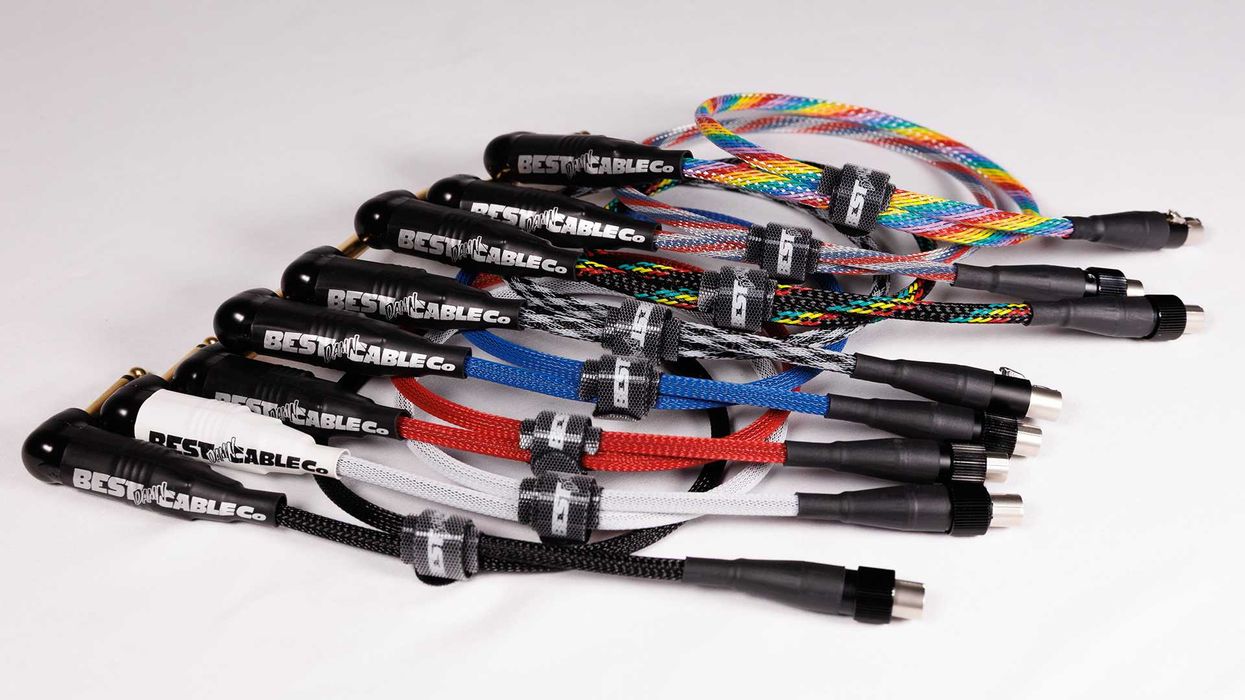
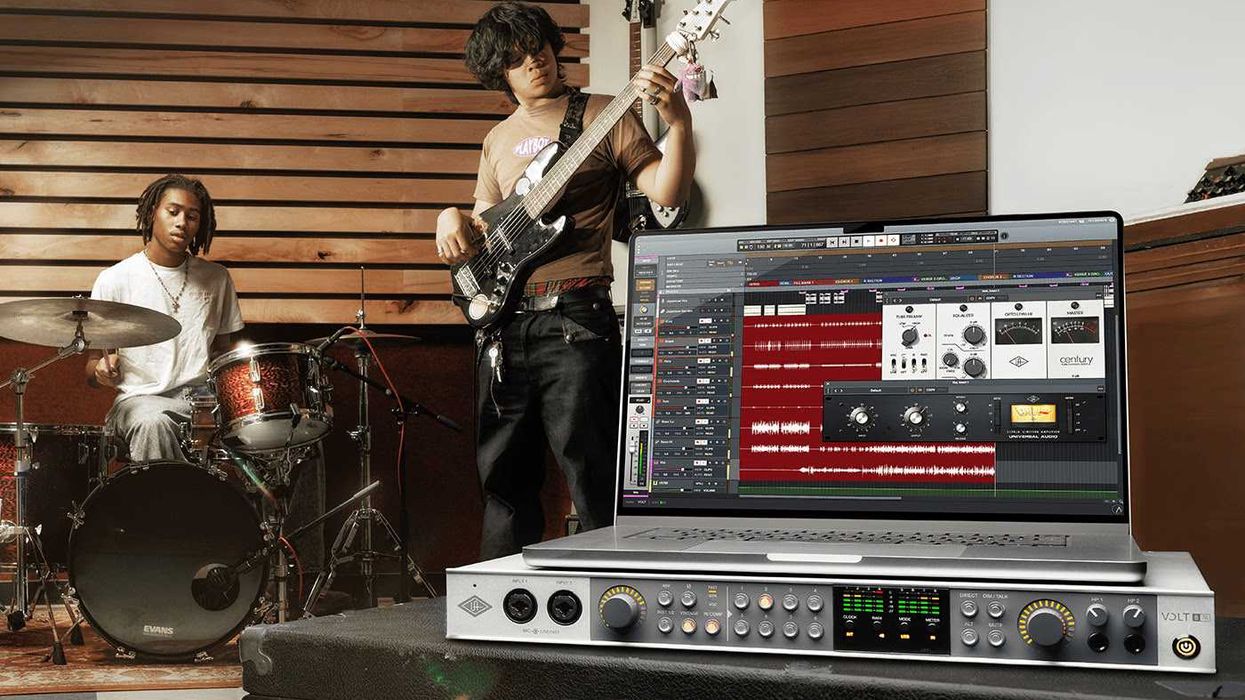
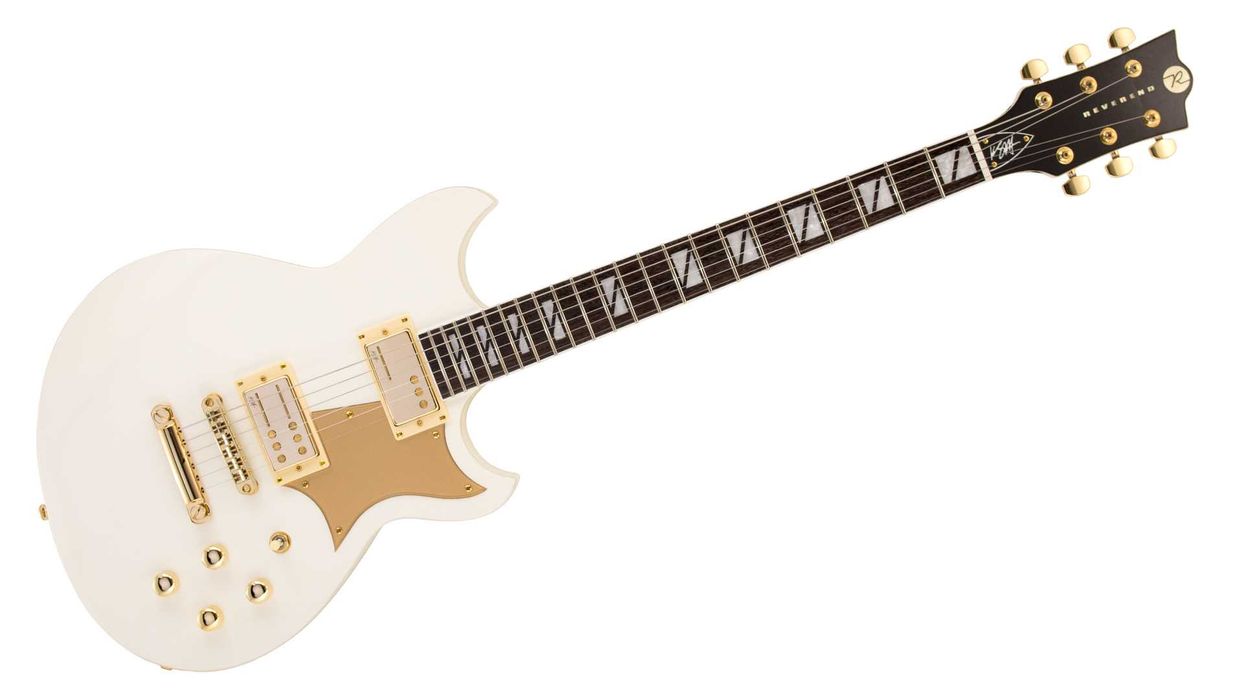
 Reverend Introduces New Kyle Shutt Mark 2 Signature Electric
Reverend Introduces New Kyle Shutt Mark 2 Signature Electric


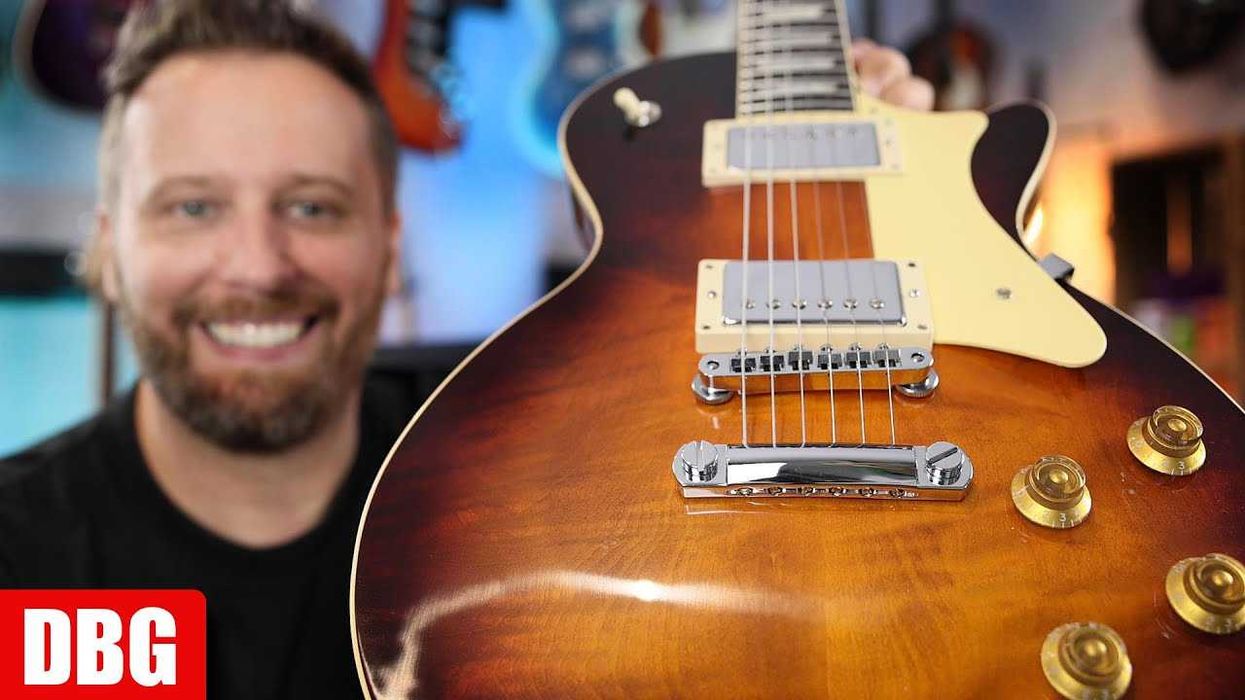
![Devon Eisenbarger [Katy Perry] Rig Rundown](https://www.premierguitar.com/media-library/youtube.jpg?id=61774583&width=1245&height=700&quality=70&coordinates=0%2C0%2C0%2C0)
